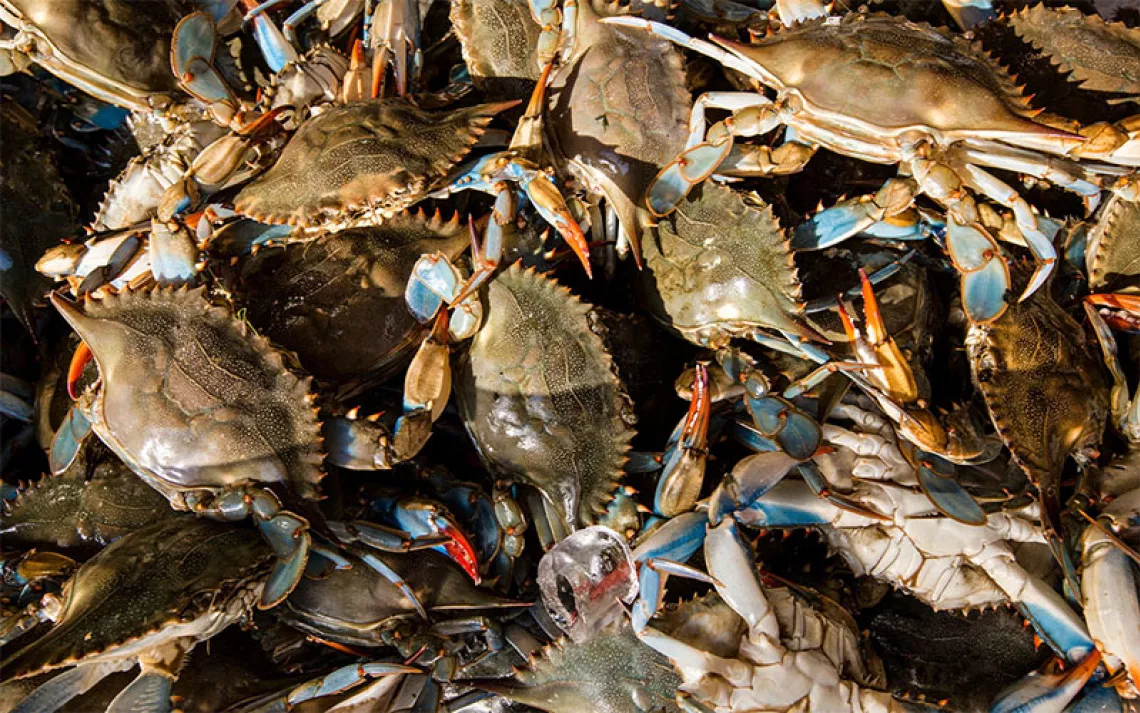Carrion Fly Guts Could Hold the Key to Tracking Wildlife
A hearty carcass feast can mean a belly full of traceable animal DNA

Photo courtesy of Andres Hernandez, STRI
Anyone who’s gone looking for wolves, whales, or elk knows spotting animals in the wild can be hit or miss. For wildlife biologists, it takes a lot of work to build a catalog of the animals that call a natural area home and to continuously monitor their population levels. That’s why they’ve come up with protocols for detecting animals like walking transects, collecting scat and prints, and setting up trail cameras. Now, researchers at the Smithsonian Tropical Research Institute on Barro Colorado Island in Panama may have a cheaper, quicker, and perhaps more comprehensive way of determining which mammals are lurking in the bushes: They examine the guts of the carrion flies.
What they are really looking for is the DNA of the animals in those guts. Torrey Rodgers of Utah State University's Department of Wildland Resources and the lead author of the study in the journal Molecular Ecology explains that two types of flies, flesh flies and carrion flies, feed on the carcasses of dead mammals as well as their scat, both of which are full of DNA. That means instead of tracking down all the animals in the forest, researchers can instead collect the flies and look at the DNA they carry to conduct a census.
The ability to show evidence that endangered species are present or in decline can help assess the progress of conservation programs, and help policymakers decide which areas to protect. It’s crucial that researchers be able to present an accurate survey of the biodiversity in a natural area, and especially in the tropics, where locating animals can be dangerous and exhausting.
To catch the flies, Rodgers built 16 traps out of two-liter soda bottles, then baited them with bits of rotting pork. Once or twice a day, he collected the flies from the trap and put them in the freezer. Once he had about 1,000 flies, he transported the frozen insects to a lab in Panama City.
Now is the time for environmental journalism.
Sign up for your Sierra magazine subscription.

The researchers ground up the flies, then sequenced the DNA in the fly paste using a technique called DNA barcoding. Once the flies feast on rotting flesh or animal scat, they digest their meal, but their weak stomach acid doesn’t completely degrade the DNA, leaving relatively long strands. While sequencing the entire genetic material of an animal is costly, the barcoding technique just looks for specific snippets of mammalian mitochondrial DNA, which a chemical primer amplifies. Those snippets are then compared against a database of all known mammals in the area, indicating if a species is present.

Photo courtesy of Torrey Rodgers
Because Barro Colorado has been studied for decades, researchers know there are 108 species of mammals on the island, 74 of which are bats. It turns out that the barcoding test detected 20 mammal species. A camera trap survey conducted at the same time found 17 species, while a transect study found just 13.
“Overall, in terms of number of species, it outperformed cameras and transects,” says Rodgers. “It was really good at picking up primates, which leave lots of soft scat around. But it only found a couple of bats. Animals with hard little scats might be harder to pick out."
Rodgers’s study isn’t the first to explore DNA barcoding as a survey technique, but it is one of the first to test it against a well-studied population. Researchers from Berlin’s Robert Koch Institute first experimented with the technique in West Africa and Madagascar in 2012. In their first tests, they found DNA from primates, bats, porcupines, and a critically endangered antelope that is rarely seen in the forest. They also detected four of Madagascar’s 31 mammals in the fly guts.
Since then, the DNA barcoding techniques have improved and the sequencing has gotten faster and cheaper, allowing researchers to detect more animals. “It’s really taken off over the last couple years,” Rodgers says. “Initially people were really skeptical, and with good reason. But we’re starting to find that it is pretty reliable and economical.”
The method is not just limited to monitoring biodiversity in tropical forests, either. Rodgers says there are carrion flies in almost every ecosystem on Earth, including in the far north. It might also be possible to enlist other insects like dung beetles and mosquitoes into monitoring protocols. In Southeast Asia, researchers are exploring the technique using the region’s bloodthirsty leeches.
There are still some improvements that would make barcoding much more useful. For instance, it can currently only tell researchers if a species is present, but the technique is unable to detect abundance. And it may not pick up the scat of small animals like rodents or animals that produce hard pellets, like deer. For instance, while agoutis, coatis, and brocket deer are the most common mammals on Barro Colorado, they did not show up in Rodgers’s study, something that could be remedied by also collecting dung beetles or other insect species.
Still, Rodgers’s test shows that there’s a place at the table for DNA barcoding, and that with some tweaks, catching flies could be just as common as prowling the forests to count animals. Although it’s probably not half as much fun.
 The Magazine of The Sierra Club
The Magazine of The Sierra Club



